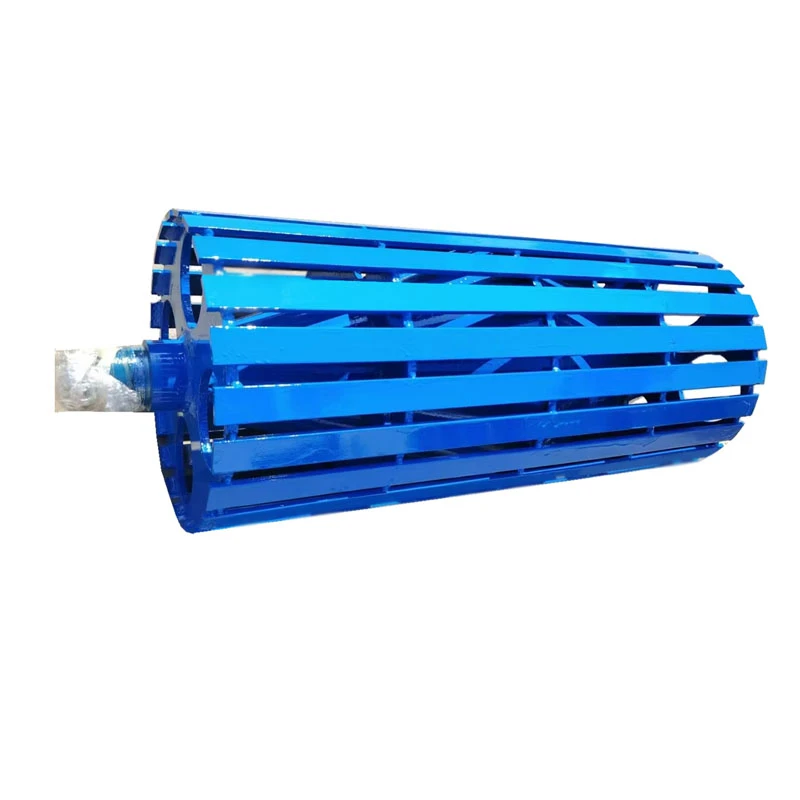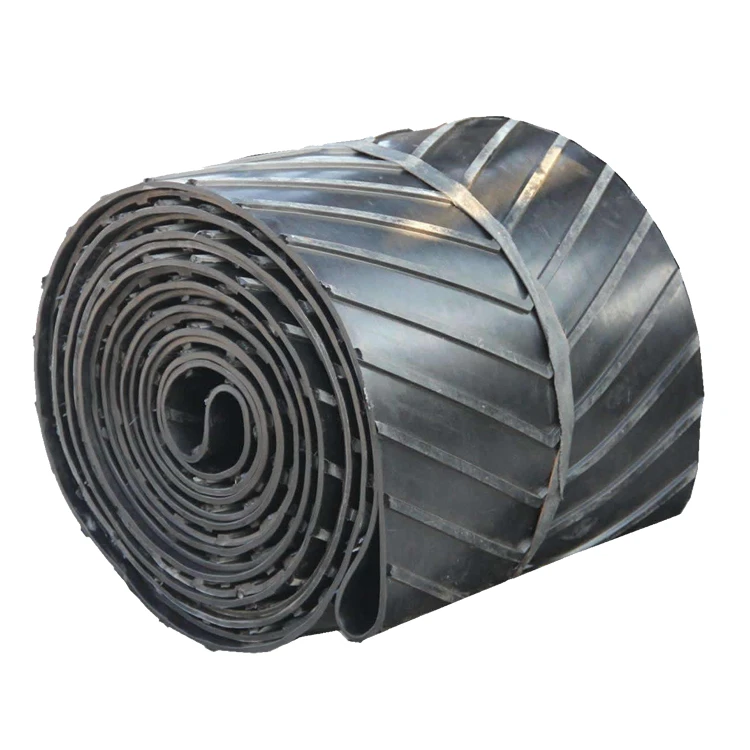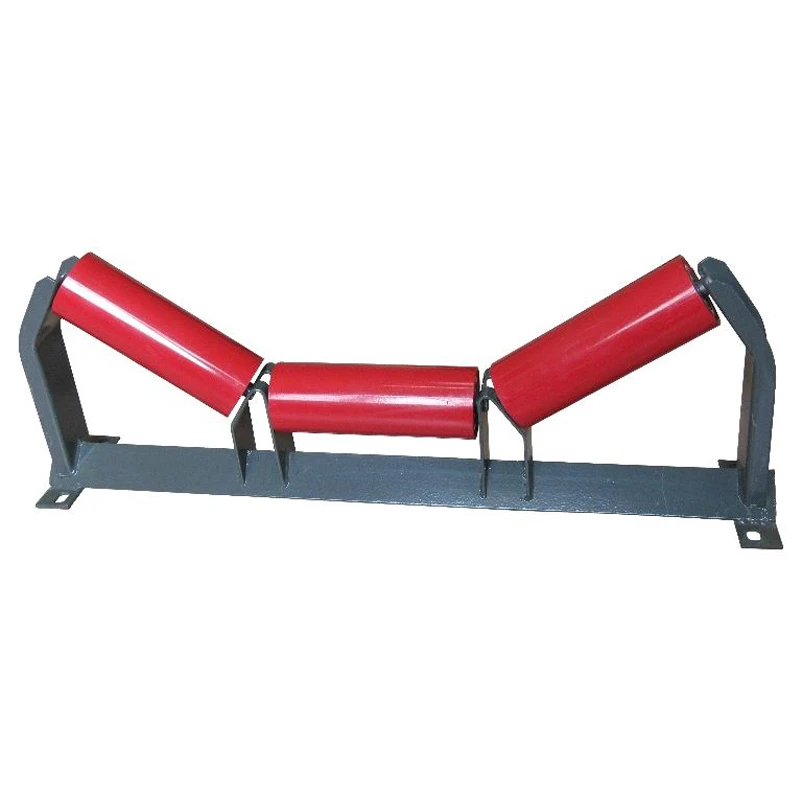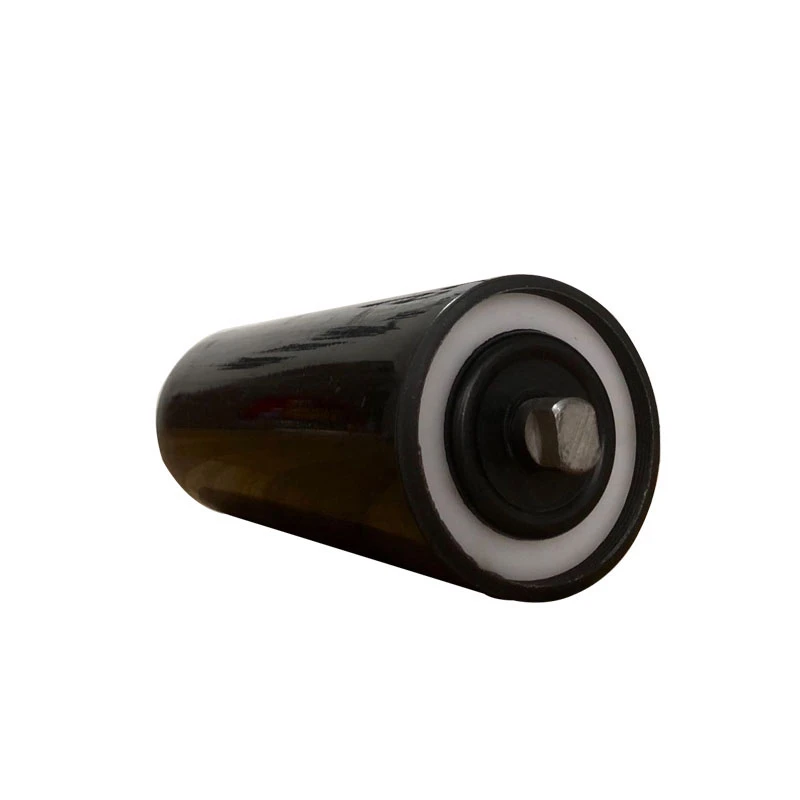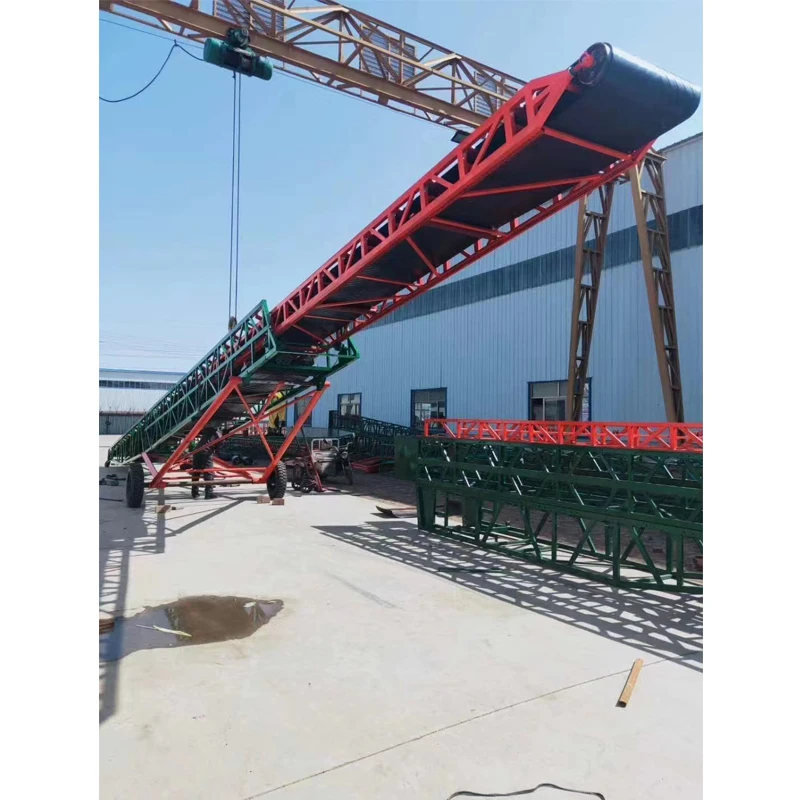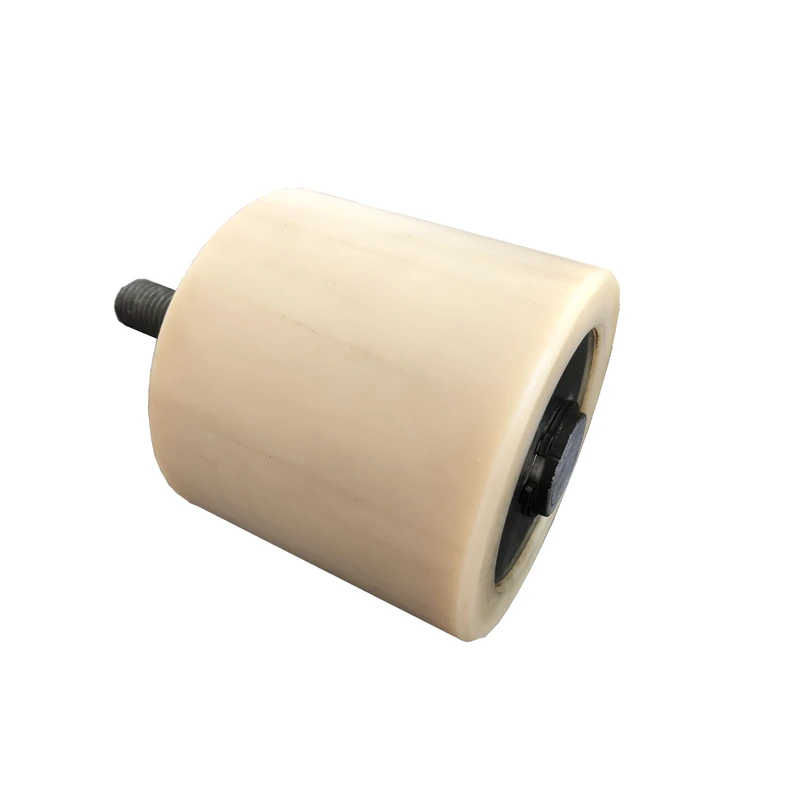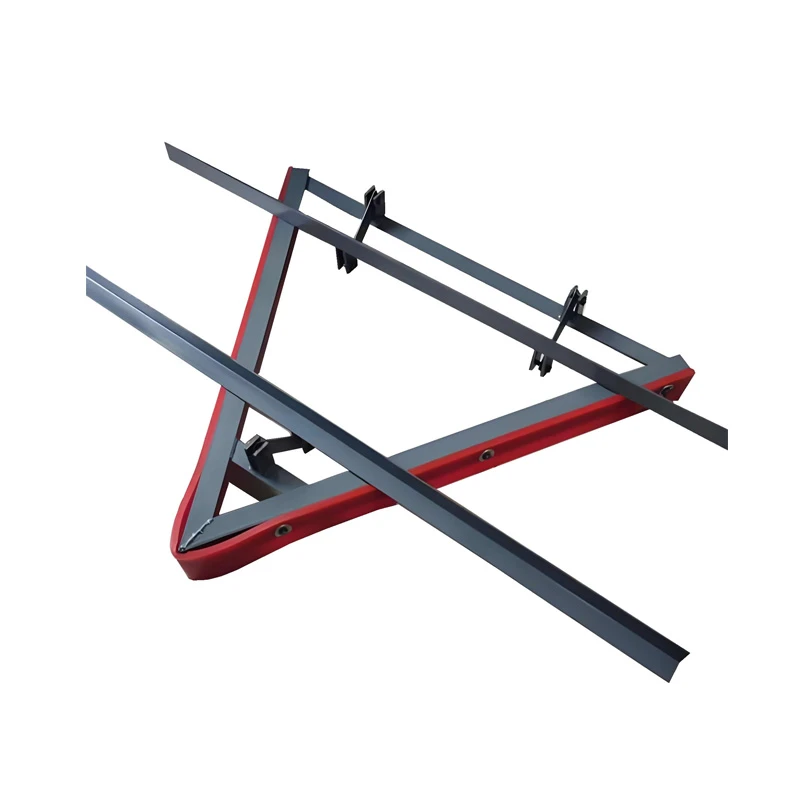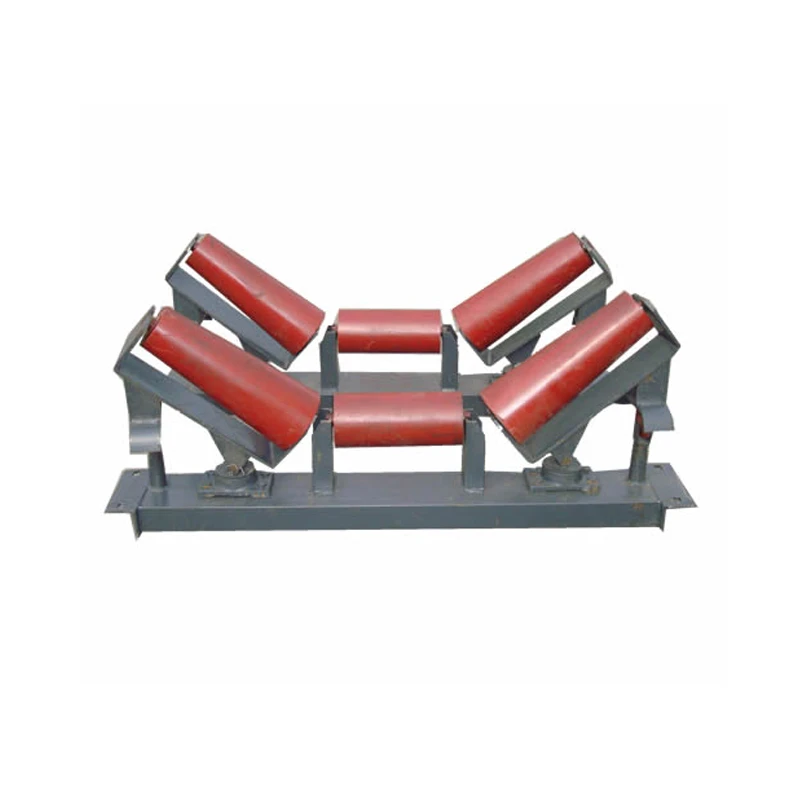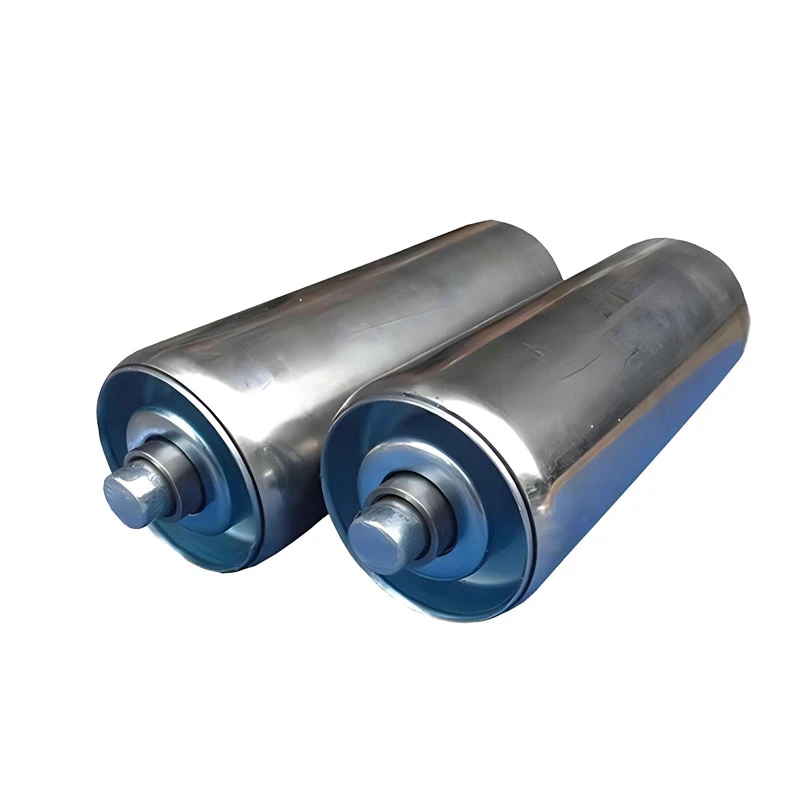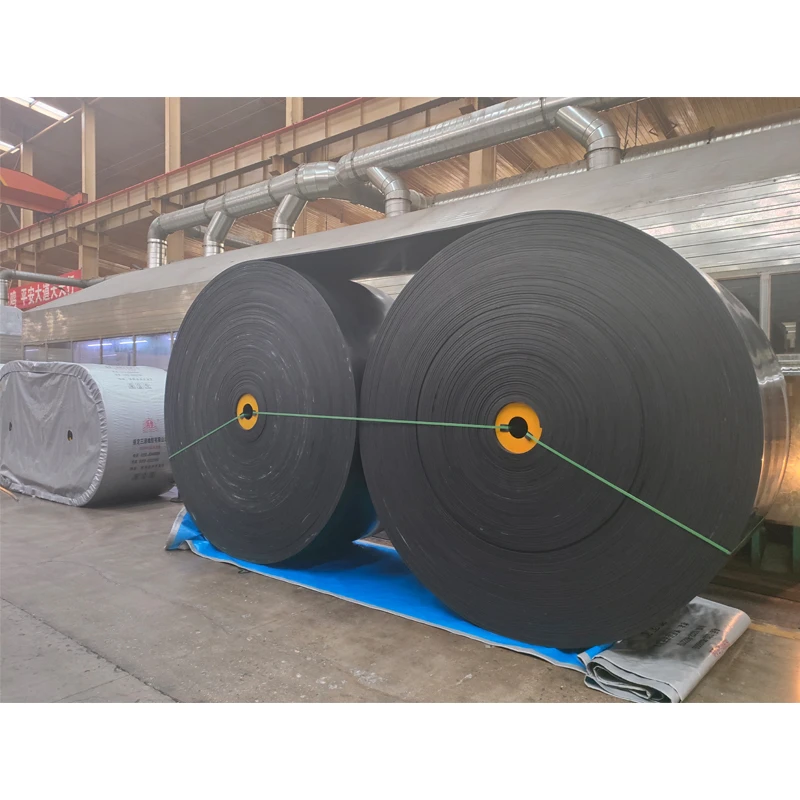The application fields of conveyor belts are very wide, including metallurgy, building materials, ports, mining, coal, cement, food, papermaking, logistics and many other industries. It is mainly used for transporting various solid block, powder like materials or packaged items, with the characteristics of continuous, high-efficiency, and large inclination transportation. It is safe to operate, easy to use, easy to maintain, low in freight, and can shorten transportation distance, reduce engineering costs, and save manpower and material resources. The maintenance methods for conveyor belts include the following:
1.Keep clean: During transportation and storage, the conveyor belt should be kept clean, avoiding direct sunlight or rain and snow immersion, preventing contact with substances such as acids, alkalis, oils, organic solvents, etc., and kept at a distance of one meter from the heating device.
2.Suitable storage conditions: During storage, the warehouse temperature should be maintained between 18-40 ℃, and the relative humidity should be maintained between 50-80%
3.Correct storage method: During storage, the conveyor belt must be placed in rolls and not folded. During storage, it should be flipped 13 times per season.
4.Joint processing: Conveyor belts of different types, specifications, and layers should not be used together. It is best to use adhesive bonding for joints
5.Regular inspection and maintenance: Regularly inspect the appearance and operating status of the conveyor belt, promptly identify potential problems, and avoid equipment failures. Regularly clean the conveyor belt to reduce the accumulation of dust and dirt, and lubricate it regularly to minimize friction and wear. Adjust and tighten the tension of the conveyor belt to ensure it is in its optimal state. By implementing the above maintenance measures, the service life of the conveyor belt can be effectively extended, ensuring its stable operation.

